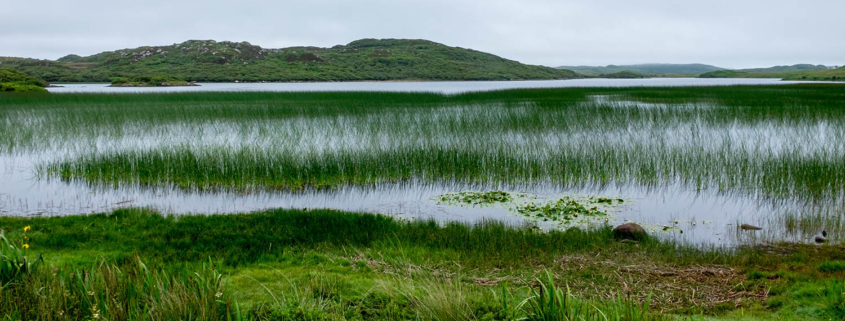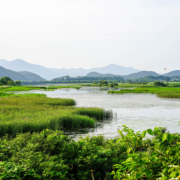What Does UNDRIP Have to Do With Environmental Protection in Canada?
In May 2016, Canada endorsed the United Nations Declaration on the Rights of Indigenous Peoples (UNDRIP), almost ten years after it was adopted by the UN General Assembly. As an international law, “UNDRIP affirms Indigenous rights to protection of the environment” and has increasing potential to inform environmental protection policy in Canada.
According to Article 25 of UNDRIP: “Indigenous peoples have the right to maintain and strengthen their distinctive spiritual relationship with their traditionally owned or otherwise occupied and used lands, territories, waters and coastal seas and other resources and to uphold their responsibilities to future generations in this regard.” Article 29 goes further to highlight the rights of Indigenous peoples to the “conservation and protection of the environment.”
In Canada, UNDRIP is gaining traction in guiding environmental policy. Bill C-69 was passed in 2019 and resulted in changes to the federal environmental impact assessment process, including requiring “early and regular engagement with Indigenous peoples based on recognition of Indigenous rights and interests from the start.” Bill C-69 can be interpreted as an effort by the Canadian government to build consistency between Canada’s environmental protection policies and UNDRIP.
In June 2021, Bill C-15, a bill to ensure that “the laws of Canada are consistent with” UNDRIP, passed third reading in the Senate, and will now require “meaningful consultation” with Indigenous peoples before implementation. It remains uncertain whether or not Bill C-15 will also ensure that Indigenous treaties are honoured.
By Leela Viswanathan
(Photo Credit: Gunnar Ridderstrom, Unsplash)



 Annie Spratt
Annie Spratt Bonnie Kittle (Unsplash)
Bonnie Kittle (Unsplash)




